Despite facing a prolonged drought, the Qasabeh Canal - an ancient underground water system in Gonabad city, Khorasan Razavi province, Iran - has maintained a steady flow thanks to its deep underground water source.
Speaking to ISNA news agency, Mr. Hamdireza Mahmoudi, Director of the Qasabeh Canal World Heritage Site, said that the Qasabeh Canal has a history of more than 2,500 years and reaches a depth of more than 330m from its starting point.
Thanks to dredging work in recent years, the water flow has increased from 130 liters/second to 151 liters/second.
He stressed that this is one of the most miraculous ancient irrigation works in the world, a testament to the wisdom and traditional construction techniques of the Iranian people, and plays an important role in providing water for both urban and rural areas in the arid desert region.
The Qasabeh Canal is considered the lead structure in the application for the UNESCO World Heritage Site of Iranian Canals. The process, which began in 2014, includes the construction of two main entrances to the canal system.
These paths were originally created by the Department of Agriculture in the 1990s to accommodate mechanical dredging.
In 2014-2015, these ramps were converted into stairs to serve the visits and appraisals of UNESCO representatives. This was also the first construction activity of the heritage management board.
Mahmoudi added that a 400-meter stretch of road connecting the two entrances in the basement has since been reinforced and restored for visitors. The area had previously been abandoned. Traffic signs to Gonabad have also been installed, public toilets have been built at the heritage site, temporary parking and electricity have been installed.
This heritage has an area of about 310km2, of which tourism planning occupies about 200ha.
The Qasabeh Canal consists of two main branches with a total length of 33km. Currently, tourism services are concentrated in the planned 200ha area.
Currently, Gonabad city has about 20 canals that still maintain water flow. Notably, since the 1960s, drilling new wells in the Qasabeh canal area has been completely banned, a key factor in protecting this precious water system from the risk of drying up./.
Source: https://www.vietnamplus.vn/iran-kenh-dao-ngam-2500-nam-tuoi-van-chay-giua-han-han-khoc-liet-post1056006.vnp





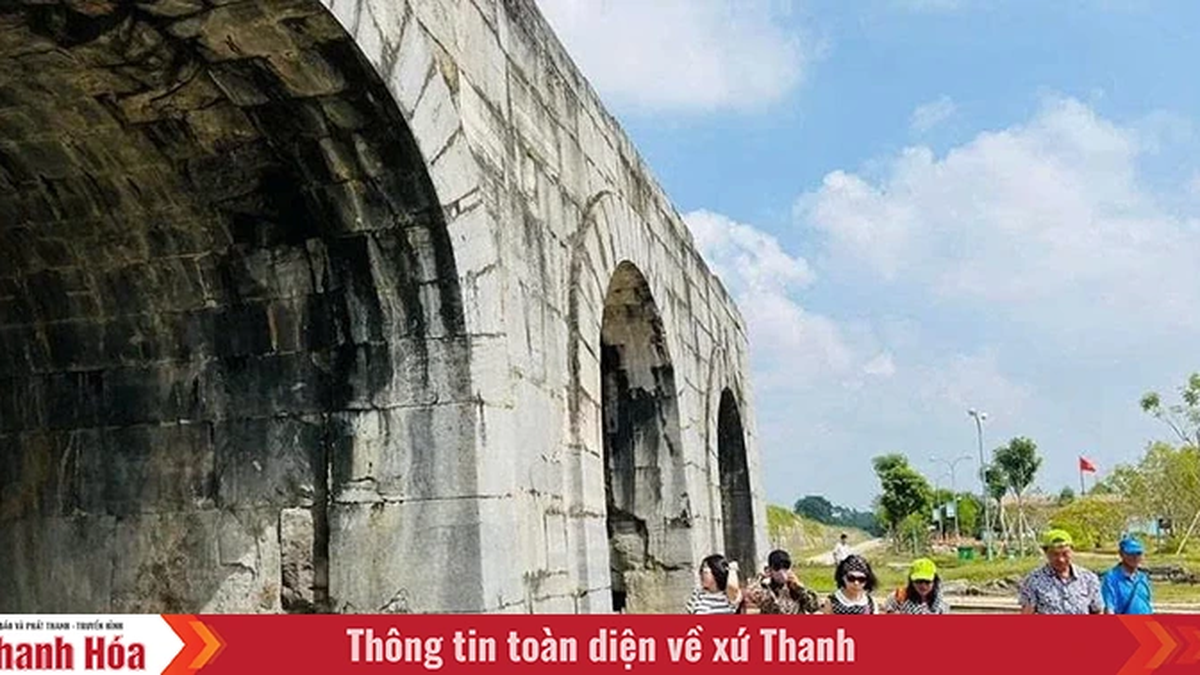
















![[Photo] Binh Khanh Bridge Ho Chi Minh City is ready to reach the finish line](https://vphoto.vietnam.vn/thumb/1200x675/vietnam/resource/IMAGE/2025/8/14/b0dcfb8ba9374bd9bc29f26e6814cee2)
![[Photo] Prime Minister Pham Minh Chinh attends a special art program called "Hanoi - From the historic autumn of 1945"](https://vphoto.vietnam.vn/thumb/1200x675/vietnam/resource/IMAGE/2025/8/15/c1c42655275c40d1be461fee0fd132f3)

![[Photo] The special solidarity relationship between Vietnam and Cuba](https://vphoto.vietnam.vn/thumb/1200x675/vietnam/resource/IMAGE/2025/8/15/5f06c789ab1647c384ccb78b222ad18e)
![[Photo] Firmly marching under the military flag: Ready for the big festival](https://vphoto.vietnam.vn/thumb/1200x675/vietnam/resource/IMAGE/2025/8/15/86df2fb3199343e0b16b178d53f841ec)


![[Photo] Prime Minister Pham Minh Chinh talks on the phone with Cambodian Prime Minister Hun Manet](https://vphoto.vietnam.vn/thumb/1200x675/vietnam/resource/IMAGE/2025/8/15/72d3838db8154bafabdadc0a5165677f)
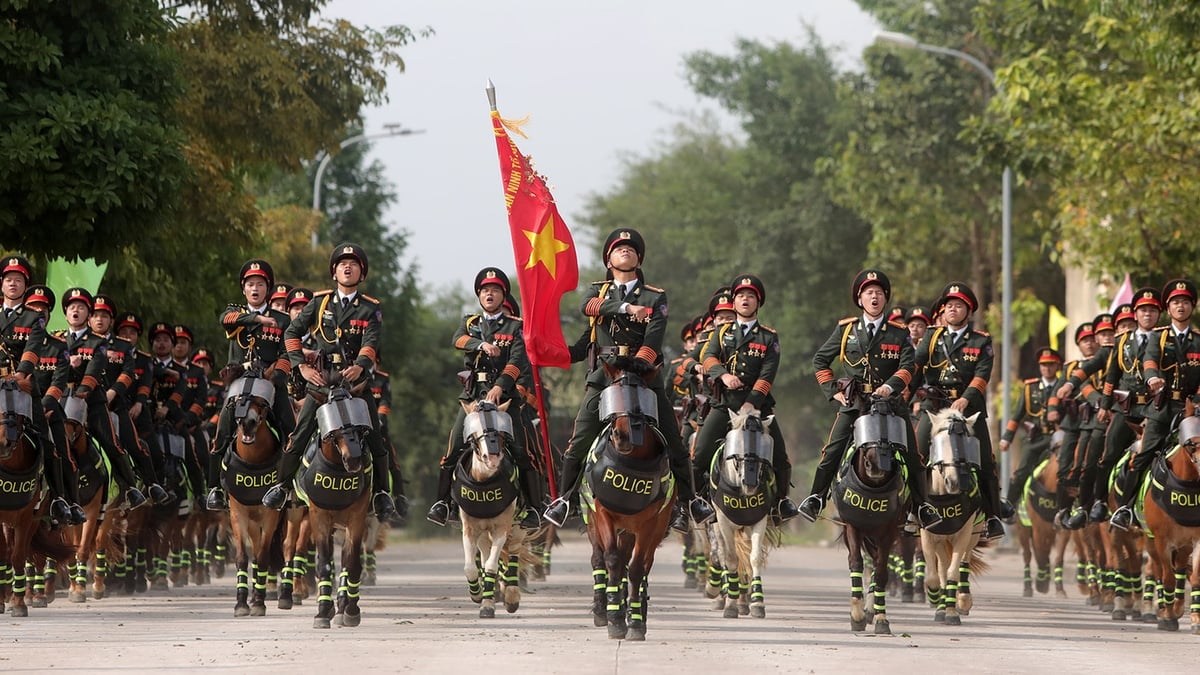



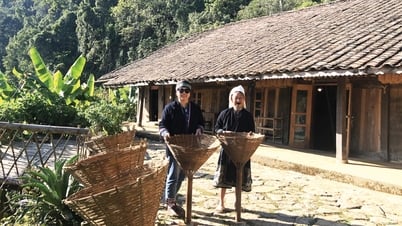




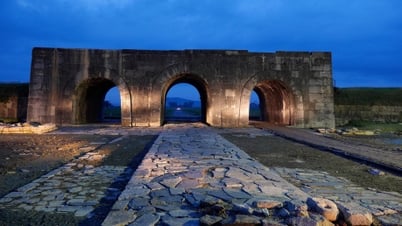























![[Photo] President Luong Cuong receives Finnish Ambassador to Vietnam Keijo Norvanto](https://vphoto.vietnam.vn/thumb/402x226/vietnam/resource/IMAGE/2025/8/15/9787f940853c45d39e9d26b6d6827710)







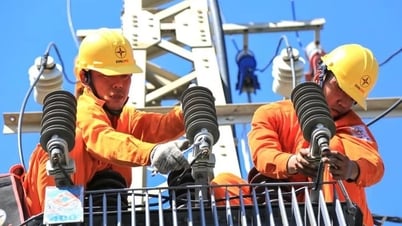




























Comment (0)